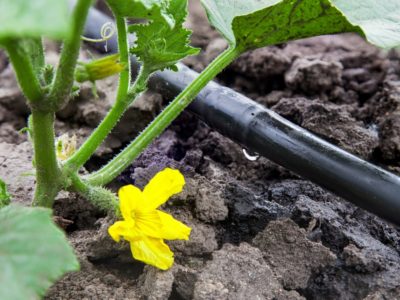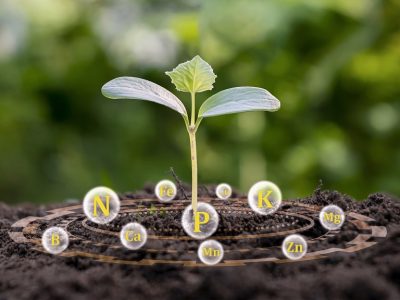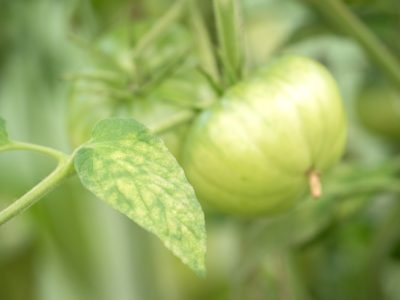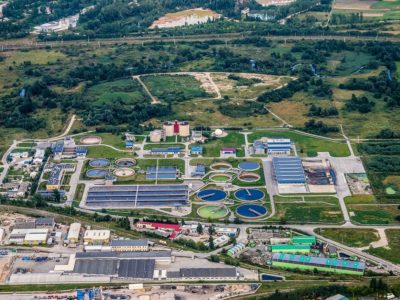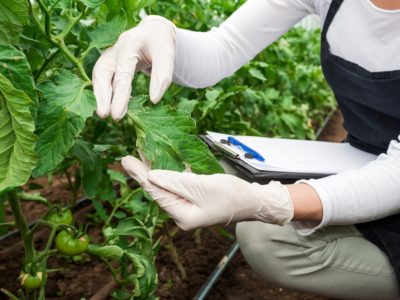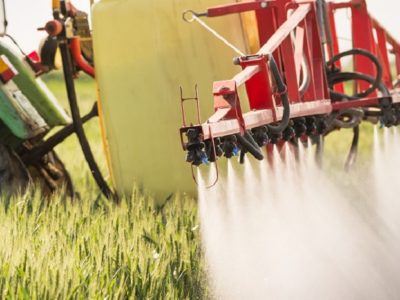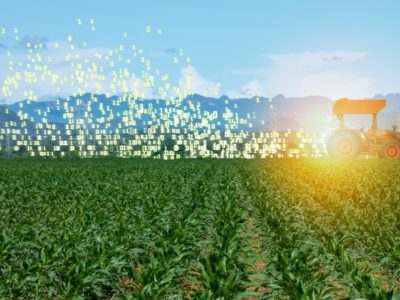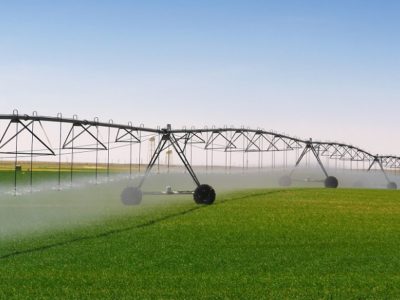Fertigation
Fertigation is the application of fertilizers through the irrigation water. It can be applied in almost any irrigated crop, in both open... Read More
The essential plant nutrients
Essential plant nutrients are elements that plants need for proper growth. Sixteen elements are considered essential nutrients for plants. These are carbon... Read More
Identification of pests – What should you look for?
Once a problem that is suspected as a pest is detected, the pest must be identified in order to plan the pest... Read More
Reasons why tomato leaves might turn yellow
One of the questions tomato growers frequently ask is “why do my tomato leaves turn yellow?”. There are many possible reasons why... Read More
Wastewater treatment
Wastewater treatment is a multi-stage water treatment, in which wastewater is cleaned before it is: Discharged to a body of water. Used... Read More
Plant diseases
What is a plant disease? A plant disease is defined as abnormal growth of the plant, or interference with the normal function... Read More
Pesticides – things you must know before your next application
WHAT ARE PESTICIDES? Pesticides are substances or mixtures that are used to prevent, destroy or control pests. Pests can be insects, diseases... Read More
Is it time for artificial intelligence in agriculture?
Artificial intelligence (AI) is a technology that exhibits behavior that could be interpreted as human intelligence. Can we apply artificial intelligence in... Read More
Roles of potassium in plants
Potassium is an essential plant nutrient, one of the three macro-elements required by plants in relatively large quantities – nitrogen, potassium and... Read More
Irrigation water quality
The quality and composition of the irrigation water may affect plant development, soil structure and the irrigation system itself. Irrigation water quality... Read More



